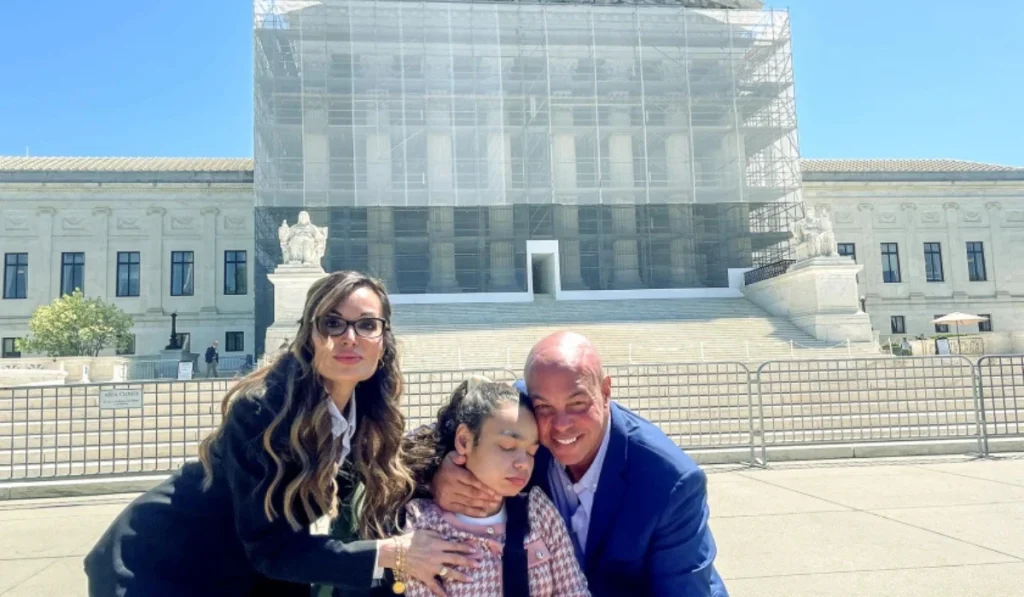A federal judge has delivered a major blow to the U.S. Department of Education’s attempt to abruptly cancel states’ access to over $1.1 billion in unspent COVID-19 relief funds meant for K–12 schools. The ruling, issued Tuesday by U.S. District Judge Edgardo Ramos in Manhattan, restores states’ ability to spend American Rescue Plan Act (ARPA) funds through March 2026 as originally planned.
The preliminary injunction comes under Education Department Secretary Linda McMahon, who moved to revoke previously granted extensions without notice, triggering outcry from more than a dozen state leaders. In a late Friday letter dated March 28, the Department informed states that the extension to use Elementary and Secondary School Emergency Relief (ESSER) funds had been rescinded and that the deadline had already passed, without any public input or lead time.
Judge Ramos found that the Education Department violated federal administrative law by failing to follow proper rulemaking procedures and putting students and school systems at serious risk. In his ruling, he barred the Department from enforcing its cancellation order and mandated that it provide at least 14 days’ advance notice before making any further changes to deadlines.
“The Department’s last-minute reversal, without notice or opportunity for comment, is not just unlawful, it’s harmful,” Ramos wrote in the opinion.
The lawsuit, New York et al. v. U.S. Department of Education et al, was filed on April 10 by New York Attorney General Letitia James, Pennsylvania Governor Josh Shapiro, and attorneys general from 14 other Democratic-led states and Washington, D.C. They argued that the funding cutoff would derail critical school-based programs supporting everything from academic recovery to infrastructure repairs.
“This ruling is a major victory for our students, families, and communities,” James said in a statement Tuesday night. “We will continue to fight to ensure every dollar Congress allocated reaches our schools.”
According to documents filed in the case, states stood to lose hundreds of millions in relief funding. Maryland faced the largest loss at $245.9 million, followed by New York with $134.2 million, and Pennsylvania with $123.7 million. These funds, distributed under the American Rescue Plan passed in 2021, were intended to help schools recover from the impact of the COVID-19 pandemic. They support tutoring initiatives, building ventilation upgrades, afterschool programs, and food access for vulnerable student populations, including unhoused youth.
State education departments had applied for and received formal approval to spend their allocations through early 2026, citing supply chain delays, workforce shortages, and the time needed to properly implement long-term programs. But the Education Department’s March decision upended those plans overnight.
In a sharply worded letter, McMahon claimed that extending deadlines conflicted with “the Department’s new priorities.” Critics argue that such reasoning undercuts congressional intent and overrides a transparent process already in place.
Education policy experts widely criticized the Department’s decision to rescind the extensions without stakeholder input. “This was a policy change that came out of nowhere and put critical programs at risk,” said Sarah Abernathy, Executive Director of the Committee for Education Funding, a nonpartisan coalition.
So far, the U.S. Department of Education has not issued a public response to the injunction. The case will continue in the Southern District of New York, where Judge Ramos has ordered further filings in the coming weeks.
For school leaders across the country, the ruling comes as a sigh of relief. Many had voiced concerns about their ability to complete capital improvement projects or continue student support services without the remaining federal funds. With the injunction now in place, states and districts can resume planned spending, at least for now.
The future of COVID-era school funding remains uncertain as federal and state governments continue to clash over spending oversight, timelines, and shifting political agendas.





